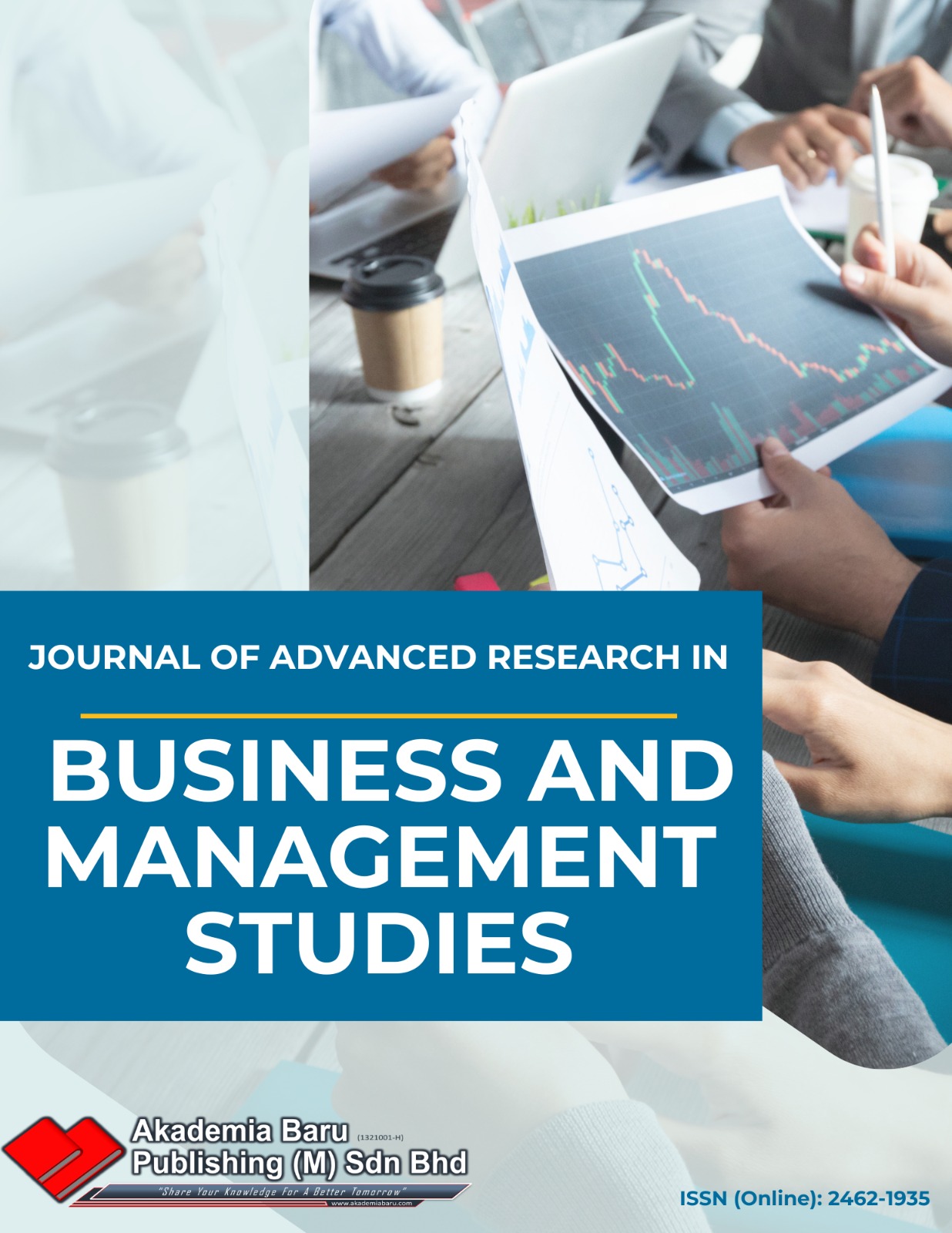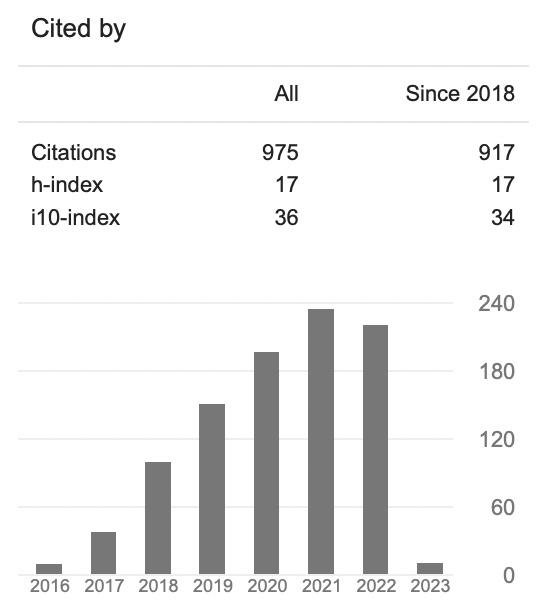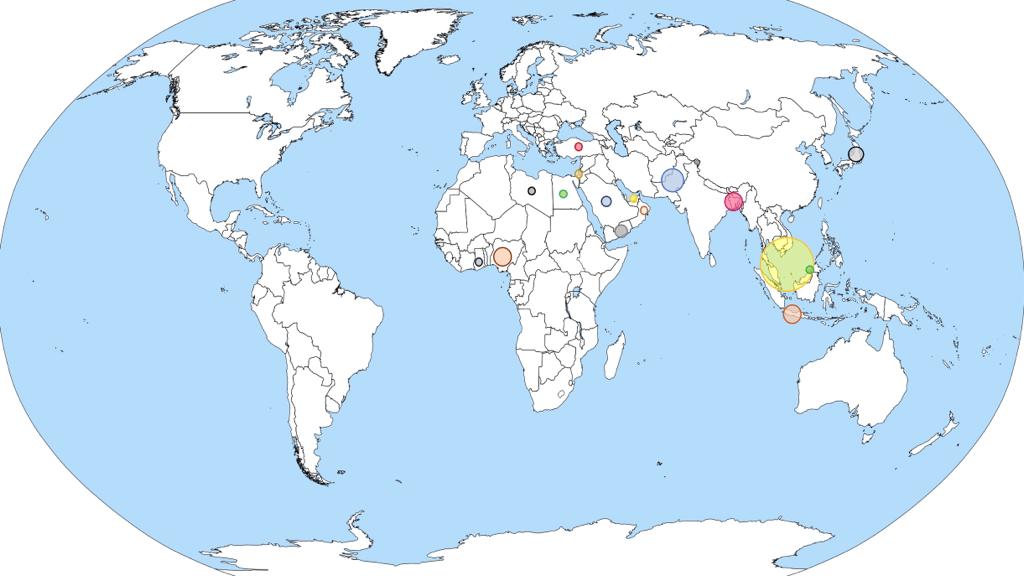Impact of Microcredit on Women Borrower’s Quality of Life in Bahawalpur, Pakistan
Keywords:
Pakistan, micro credit, loan duration, training, loan size, quality of lifeAbstract
Micro credit has been widely recognized in the recent development literature to have positive consequences of societal economic development. However, most studies examine the impact of micro credit on some narrow indicators of well-being such as income, poverty, education and health. While these indicators do measure and represent the standard of living of the society, and are important development objectives, they focus only on the material aspect of well-being. Therefore, it does not really shed light on whether micro credit is associated with quality of life which is the subjective aspect of economic development. This gives rise to the question on whether micro credit also leads to better quality of life. This paper attempts to answer this question by encompassing the investigation not only on the impact of micro credit and its domains loan duration, training and loan size on income, but also on quality of life. The Multinomail logit model analysis technique was used to make empirical evidence to show the association between microcredit and quality of life. The cross sectional primary data that were obtained from a survey questionnaire of 400 women borrowers of the three microcredit provided banks, namely Khushhali bank, Tameer microfinance bank and NRSP-bank in Bahawalpur, Southern Punjab, Pakistan was used for the analysis. The results show that micro credit and its three domains loan duration, training and loan size have an important impact on household income as well as on quality of life. These findings indicate that micro credit is an essential investment to achieve good quality of life in particularly economically non-developed states.














